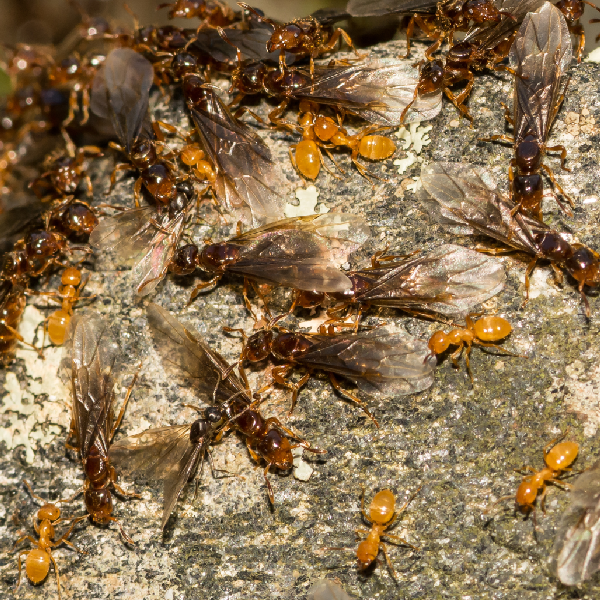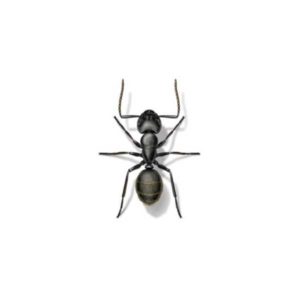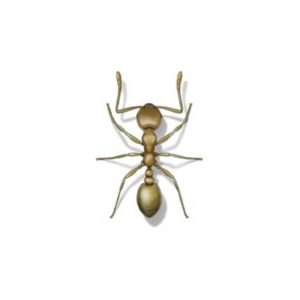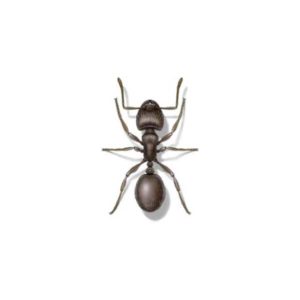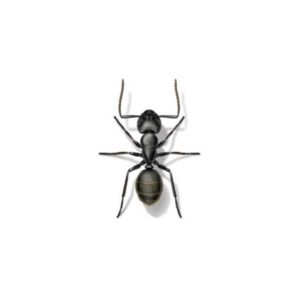Larger Yellow Ants in Iowa
Also known as the citronella ant, the larger yellow ant is common in Iowa. Larger yellow ants release a compound that smells like citronella or lemon when they are disturbed. Foraging at night, as larger yellow ants are nocturnal, they feed exclusively on the honeydew produced by aphids and mealybugs. Pest problems usually occur in the late summer and early fall when colonies swarm. Often wrongly identified as termites, winged larger yellow ant swarmers and wingless worker ants move towards buildings and try to enter through any crack or crevice in the foundations.
Larger Yellow Ant Habitat
Larger yellow ants nest in open areas and form large mounds in soil, under logs, rocks, patio blocks, porches, and concrete patios. They can also be found nesting in high moisture soil beside structures, along foundation walls, and under stumps. Indoors, these ants are sometimes found behind bathtub or shower walls or in damp crawl spaces, especially over winter. Mounds of dirt left behind by the colonies’ process of excavating tunnels can be up to three feet wide. Temporary winter nests can be located in basements under a loose brick or board or in a crack in the wall or floor.
Larger Yellow Ant Behaviors, Threats, or Dangers
Although the larger yellow ant does not sting, it does use formic acid for defense against other insects. They can, however, become an annoyance when winged ants swarm indoors. When swarming, homeowners often mistake these ants for termites or carpenter ants. Homeowners may be alarmed by the large numbers of swarming ants that converge on the side of homes and structures. Although they do not forage into homes, they create piles of dirt at the entrance to the nest. If a larger yellow ant issue is suspected, it is best to consult a professional ant exterminator.

